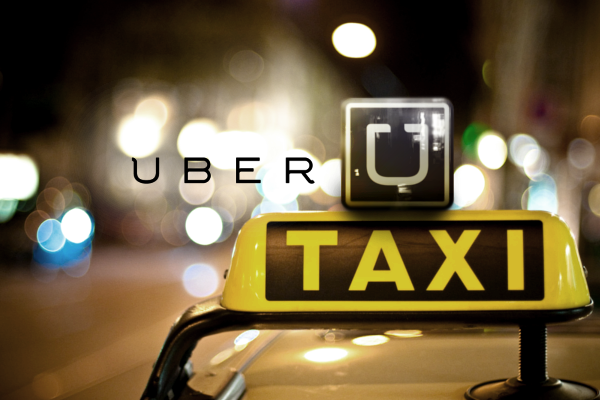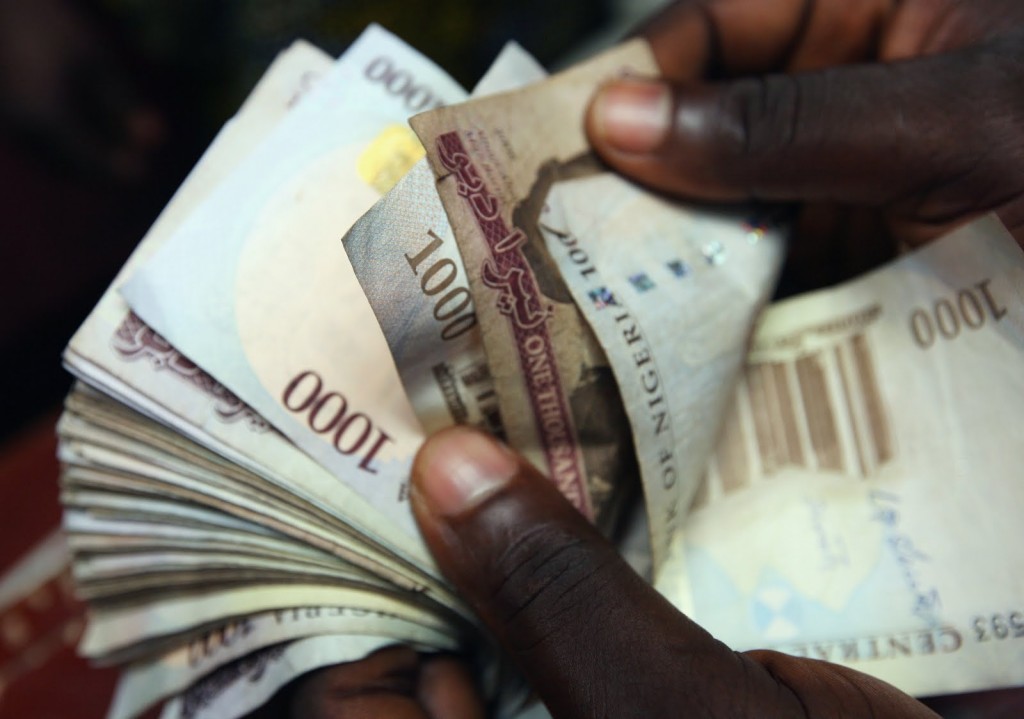The first time I rode in a Uber, I didn’t bother rating the driver as I should have, and he didn’t bother asking me to. But he should have. I didn’t think much of that until a few days ago when I found out how important the rating system is to the driver.
By not rating that driver, and with him not bothering to ask me to, we both put his job as a Uber driver on the line.
According to a report on Business Insider, “Uber uses driver ratings to create an average rating for each driver. And if a driver’s rating slips below a certain amount, they’re booted off Uber.” The standard level of average ratings for Uber drivers varies per city, but if a driver’s rating falls below the expected amount, they can be deactivated.
I know I’m not the only one who didn’t think much of rating Uber drivers before now. Chances are, you haven’t put a lot of thought into the rating too. But the ratings you give the drivers are very important because it determines whether Uber will retain them or not, after a period of time.
Every week, Uber drivers (or partners, as they are called) receive an email newsletter that conveys important information to them. Contained in the email is the driver’s current average rating, their status (comments about their performance) and feedback from some of the riders (customers).
The email also contains information to remind drivers how to improve their ratings.
Uber created a chart, as revealed by Business Insider, to show the most frequent complaints about Uber drivers which lead to bad ratings from customers.
The most complaints come as a result of a driver’s poor knowledge of the city/route they’re navigating. It’s that annoying period when you have to be the one telling the driver where to go or which path is the quickest. The second most frequent complaint is a driver’s poor attitude. But the difference between the most frequent complaint and second most frequent is a big deal. That means, for the driver, that understanding and knowledge of the city routes and traffic is probably the best asset they can possess. On the other hand, not knowing one’s way around a city will be the biggest liability.
My Uber driver can't read a map to save himself & had to ask for directions several times. Check out our journey pic.twitter.com/dwwLeAZTPK
— Larry Madowo (@LarryMadowo) November 29, 2015
So, if you’re an Uber driver and you’re reading this, you should know what to do by now. Go and study Google Maps, understand traffic patterns in the city where you work. You’ll be doing yourself a great deal of good.
























